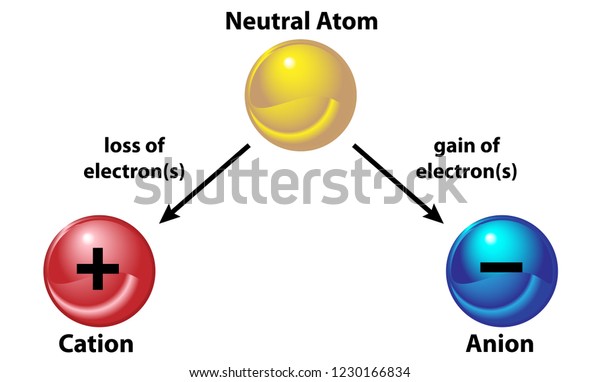Get the detailed answer: What is a neutral atom? This is a step by step verification of the answer by our certified expert. About Press Copyright Contact us Creators Advertise Developers Terms Privacy Policy & Safety How YouTube works Test new features Press Copyright Contact us Creators. Energetic Neutral Atoms (ENAs) – Tutorial The interaction between charged and neutral particles is a common phenomenon in space plasmas. Whenever an energetic ion undergoes a charge exchange process in a collision with a neutral background atom, an energetic neutral atom – ENA – is born. Our accelerated neutral atom beam technology will create revolutionary change in the semiconductor industry. This novel, patented technology overcomes fundamental limitations of current etching and deposition techniques. At Neutral Atom, we solve the most important problems, the ones for the real world – making life simpler and more seamless along the way. 2A/501, Paradise Heights Chikoowadi, Borivali West, Mumbai - 400 067 Phone: +502 Email: info@neutralatom.com.
In the race to build the first, useful, large-scale quantum computer, researchers are exploring many different routes, each with their own strengths and limitations. Approaches that use neutral atoms offer a scalable system, but the consistency of atom interactions—their quantum fidelity—lags behind that of other architectures. Now, building on recent improvements in controlling atoms in highly excited “Rydberg” states, Harry Levine at Harvard University and colleagues have demonstrated a neutral-atom quantum computer that achieves fidelities rivaling its highest-performing competitors.
The team performed quantum logic operations on clusters of two or three closely spaced rubidium atoms held individually in optical tweezers. The atoms became entangled when one of them was excited by a laser into a Rydberg state—a state where the outermost electron is highly energized. This transition also prevented the atom’s neighbors from being excited at the same time, a situation that is essential for creating logic gates comprising two and even three quantum bits (qubits). The ability to host multiqubit gates indicates that this platform may be especially efficient at implementing certain quantum algorithms.
So far, Levine and colleagues have manipulated a row of five two-atom clusters simultaneously, but they see no barriers to expanding the setup to create 2D lattices of dozens or even hundreds of qubits. (Another group, for example, has experimented with a square array of neutral-atom qubits.) In this configuration, lasers would pick out two or three adjacent atoms to implement high-fidelity, two- or three-qubit gates as required.

This research is published in Physical Review Letters.
–Marric Stephens
Marric Stephens is a freelance science writer based in Bristol, UK.
Parallel Implementation of High-Fidelity Multiqubit Gates with Neutral Atoms
Harry Levine, Alexander Keesling, Giulia Semeghini, Ahmed Omran, Tout T. Wang, Sepehr Ebadi, Hannes Bernien, Markus Greiner, Vladan Vuletić, Hannes Pichler, and Mikhail D. Lukin
Published October 22, 2019
Subject Areas
Related Articles
Atomic and Molecular PhysicsLaser-Cooled Atoms and Molecules Collide in a Trap

An experiment shows the circumstances under which ultracold atoms are quick to kick molecules out of a trap, providing clues for how to use atoms as a refrigerant for molecules. Read More »
OpticsNeutral Atom List
Optics Bench on a Graphene Flake

Neutral Atom Definition
A nanoscale, graphene-based device takes advantage of the wave nature of electrons and provides a level of control that will be useful for quantum computers. Read More »
Quantum PhysicsQubits Could Act as Sensitive Dark Matter Detectors
A detector made from superconducting qubits could allow researchers to search for dark matter particles 1000 times faster than other techniques can. Read More »
